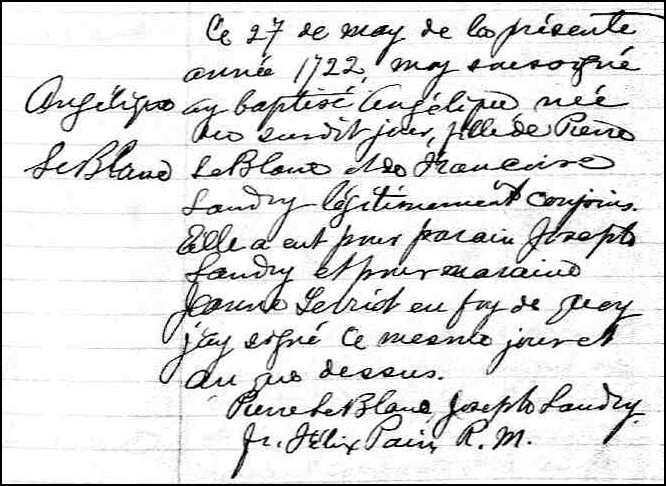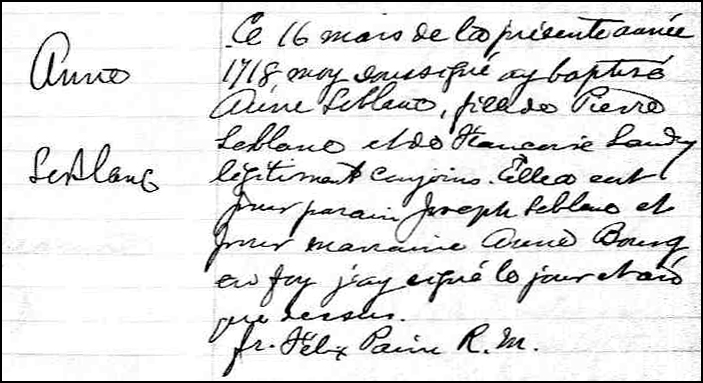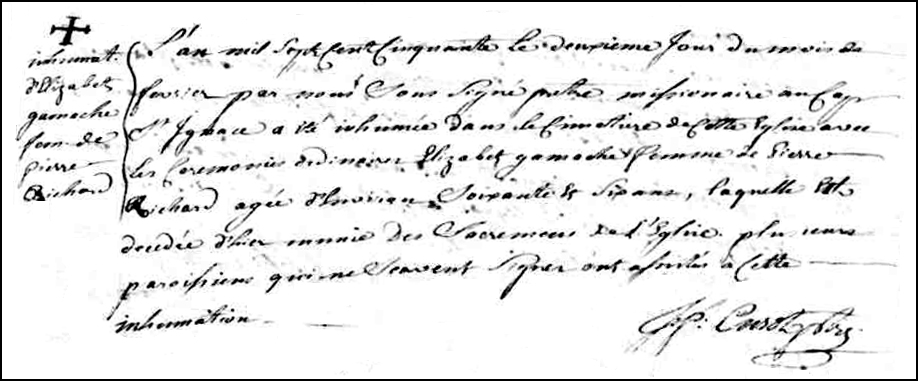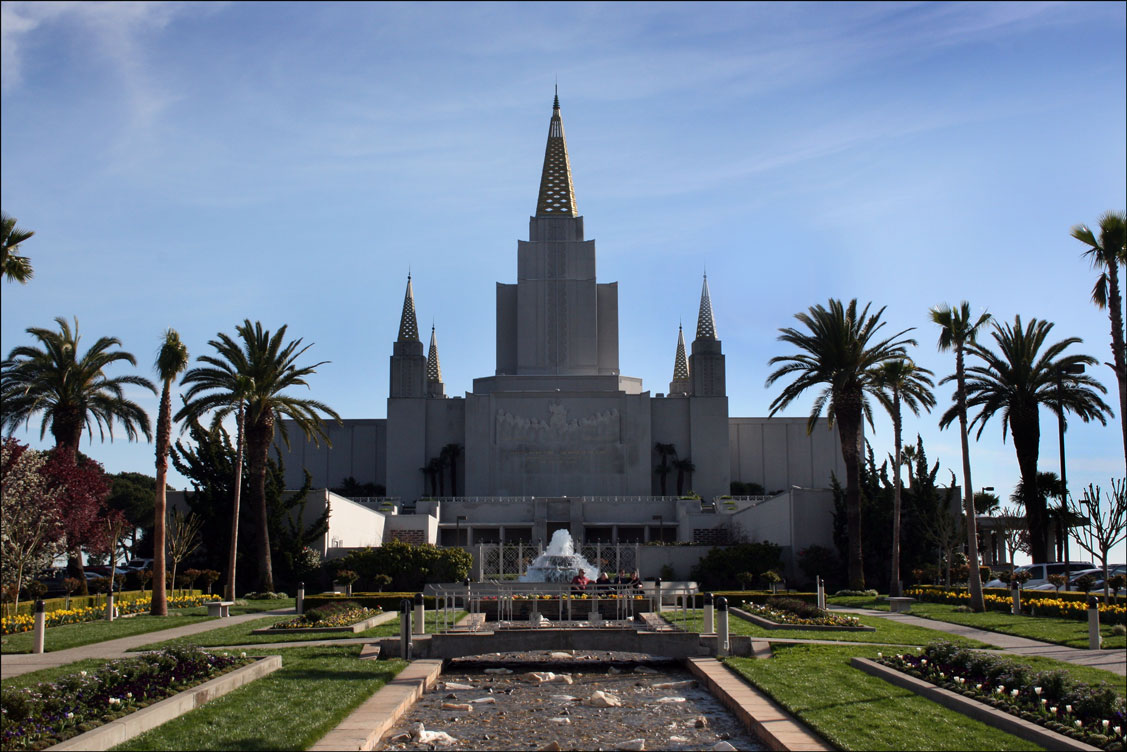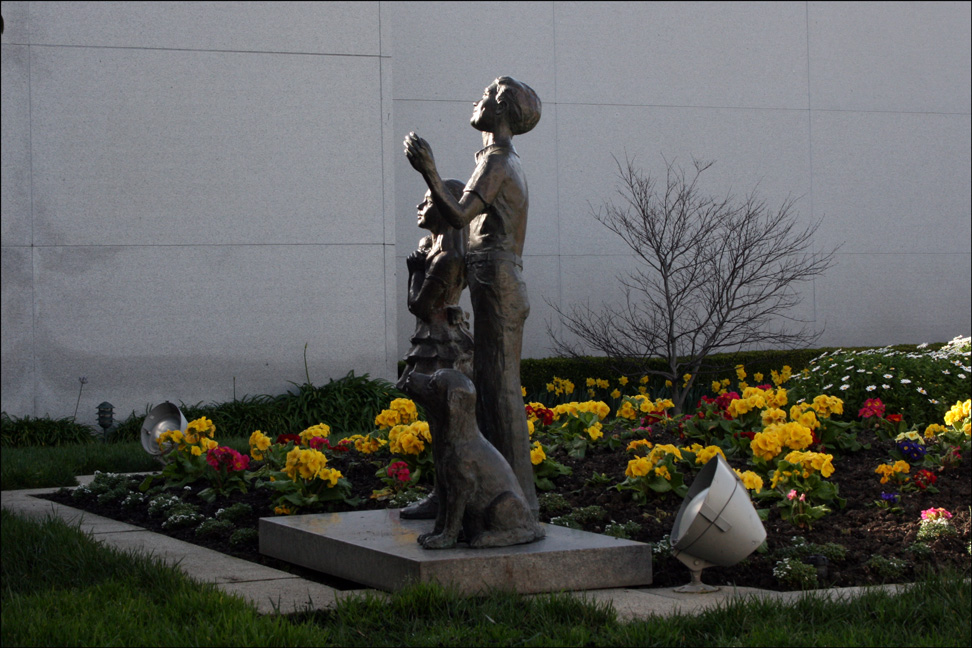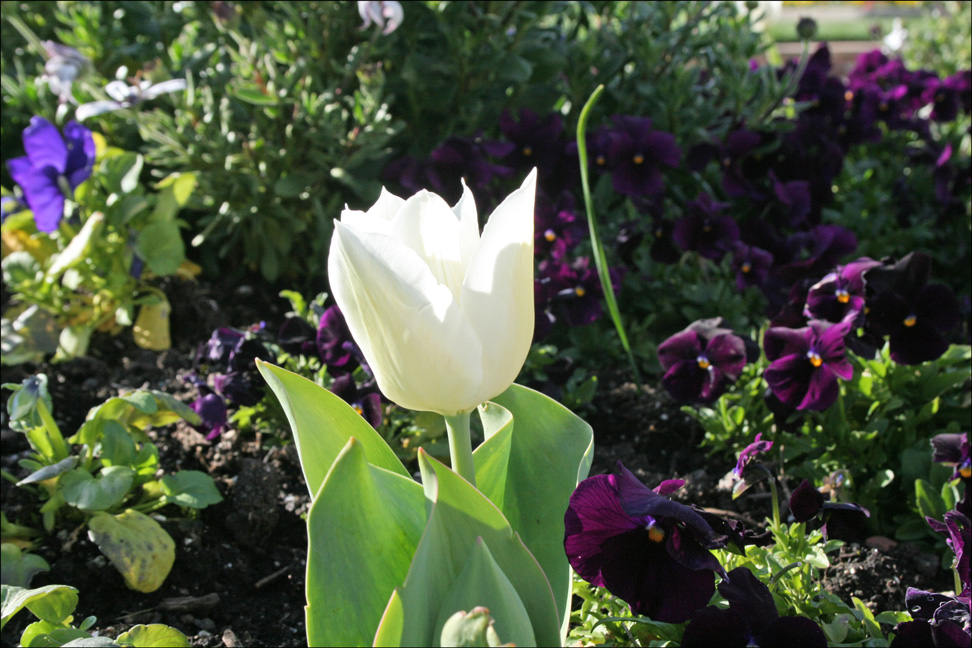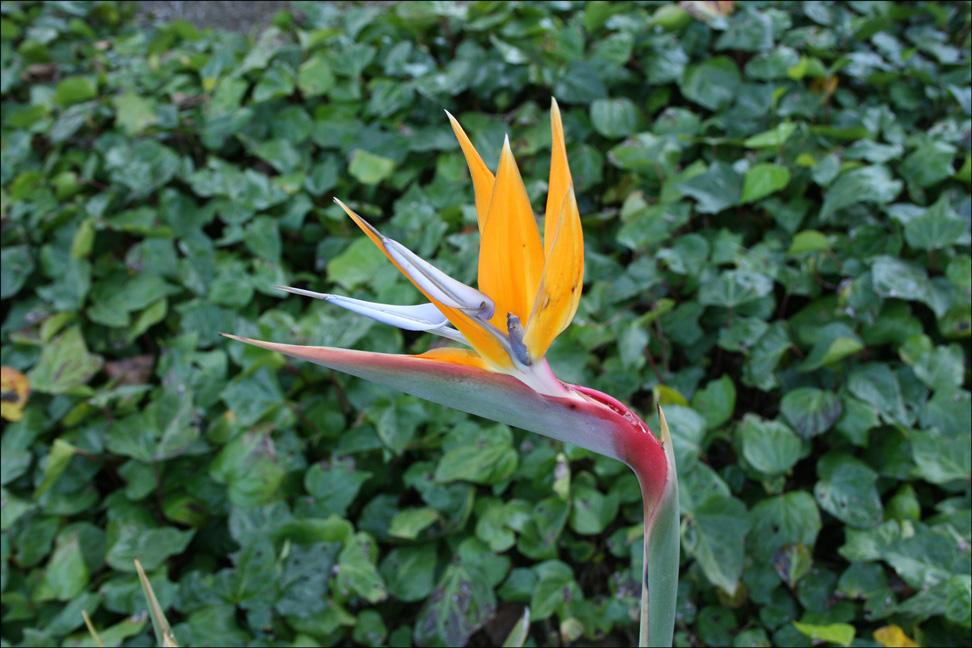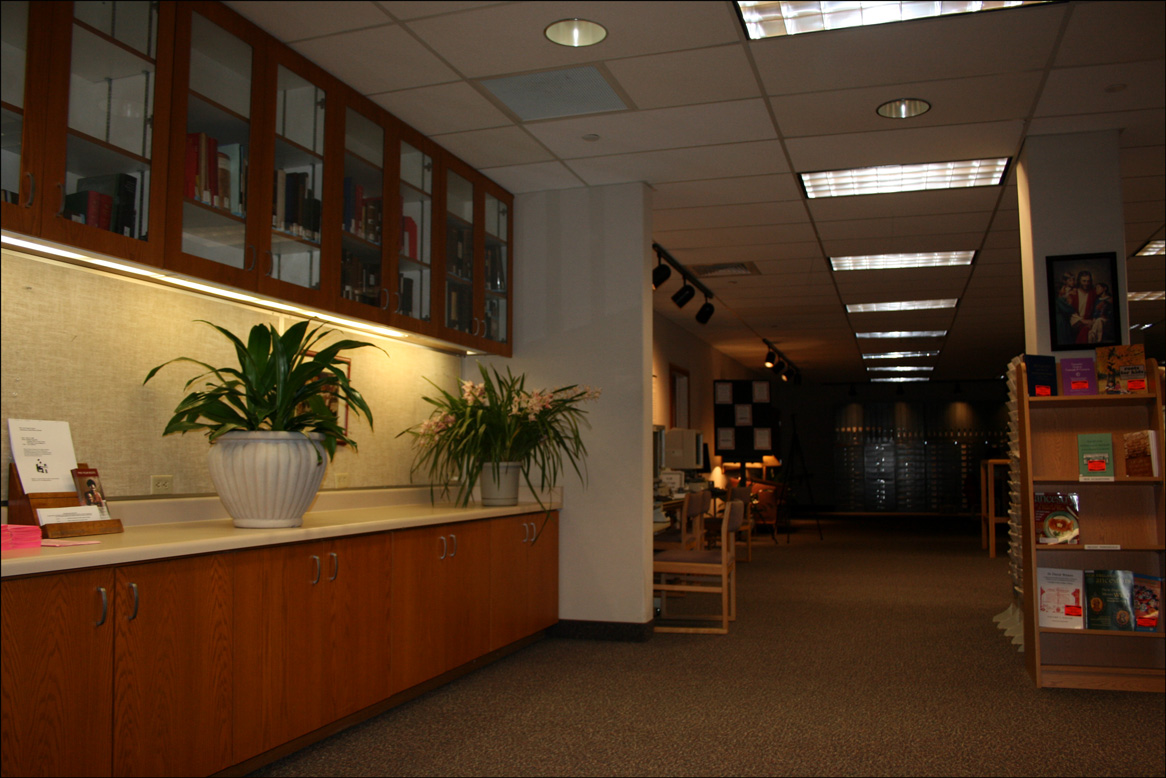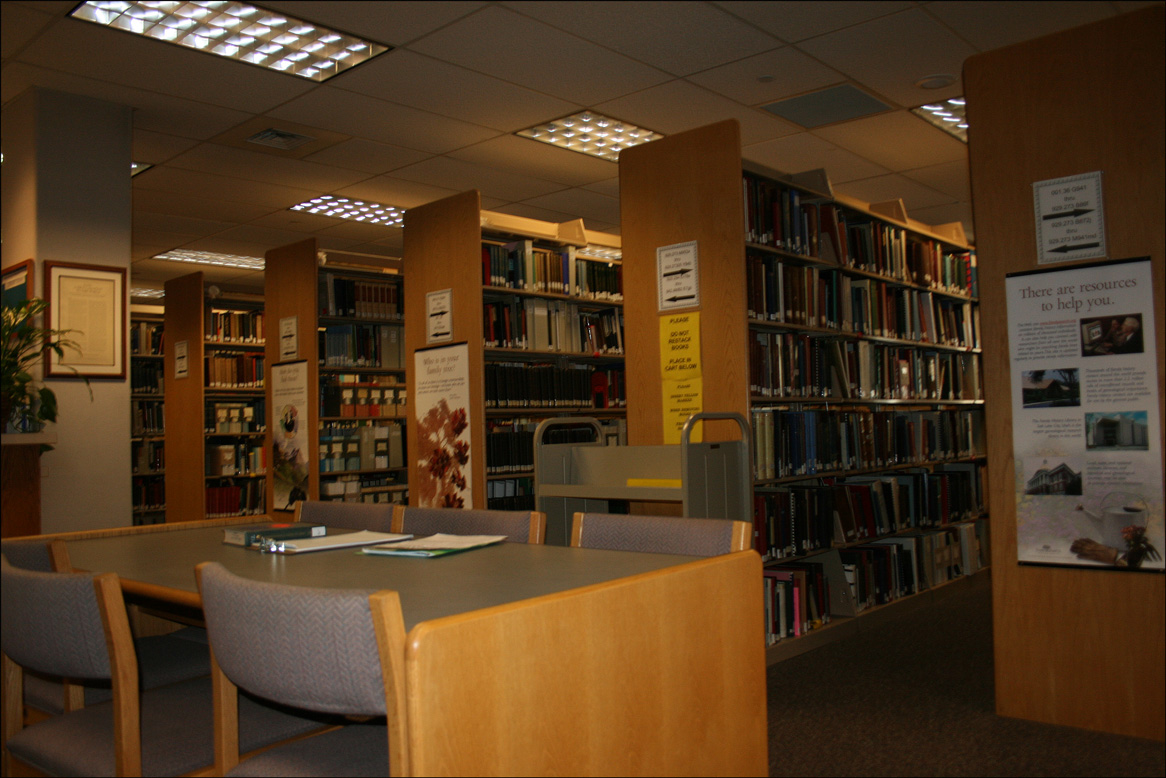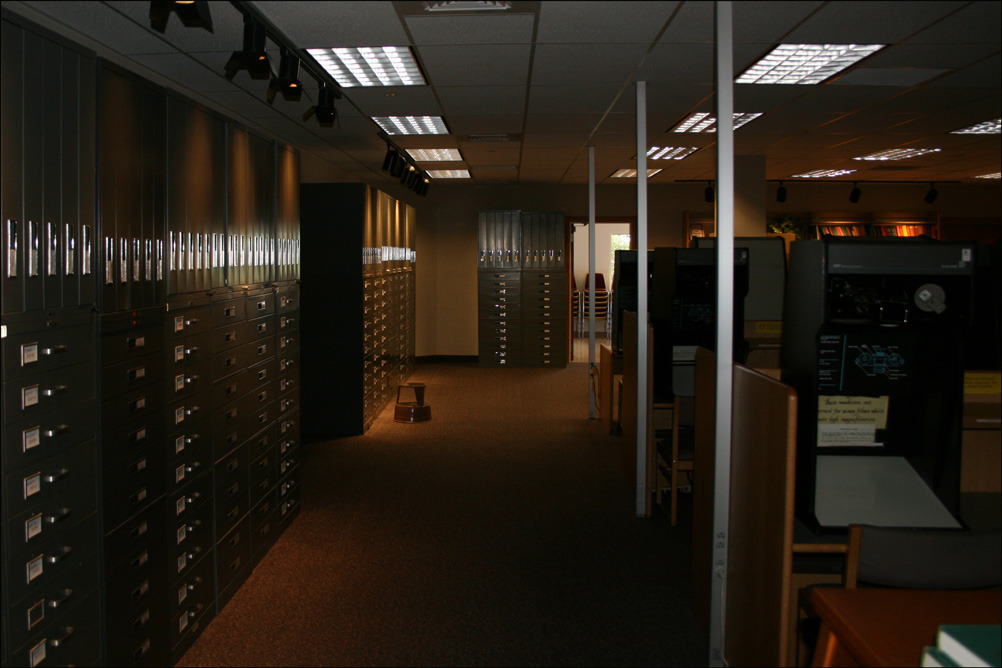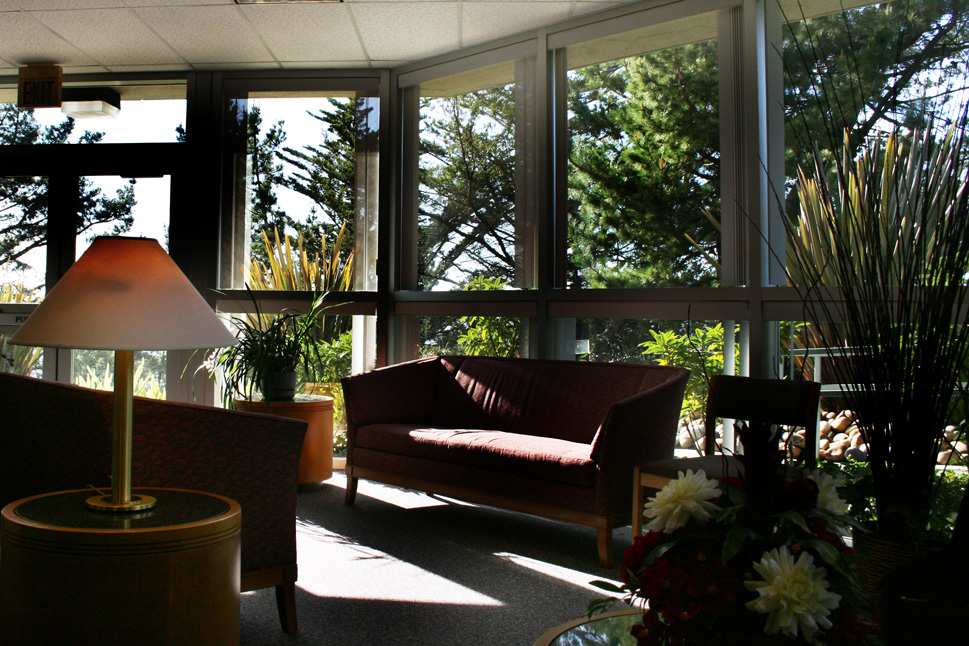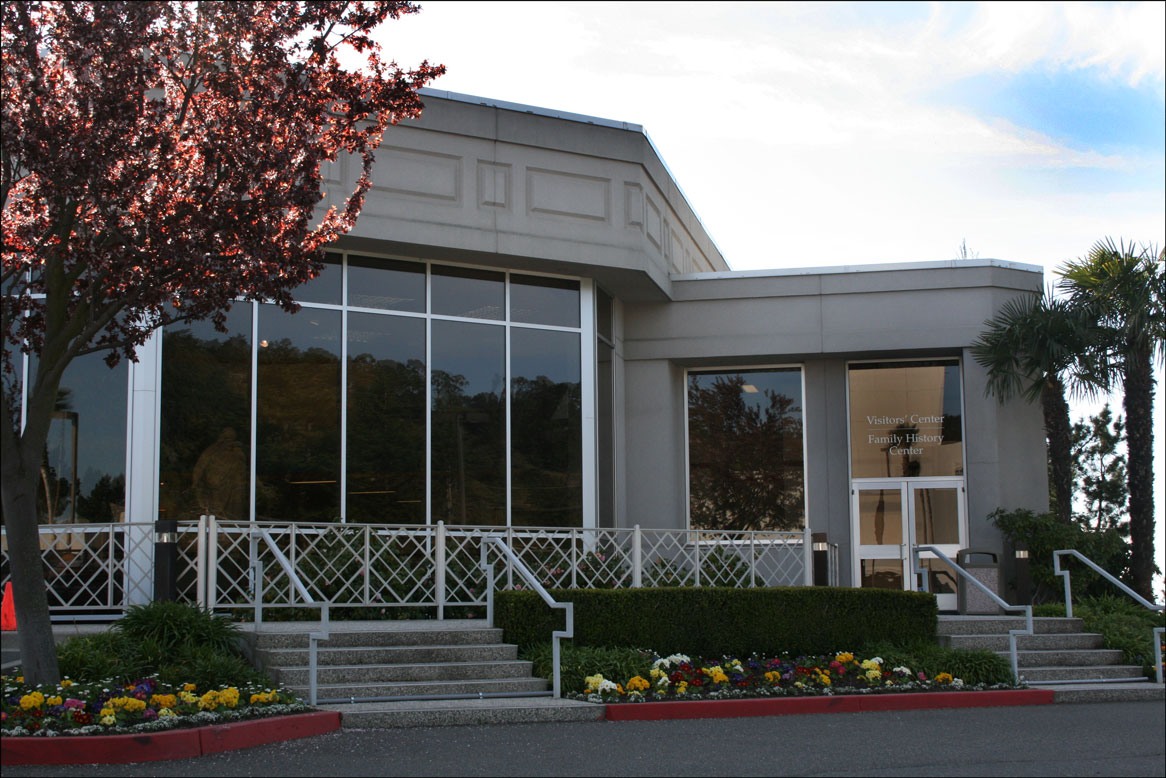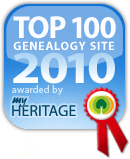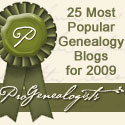Jasia of Creative Gene recently raised the question of how to record given names and surnames in databases and written family histories when the original records themselves provide different variants of those names.
Jasia provided examples from her own family where different records provided different surname variants, and where the original records provided spellings of given names in a language different from the native language of those named.
Jasia dilemma is one that is frequently encountered by genealogists and family historians.
Initially, I attempted to leave a comment on Jasia’s blog, but I worried that my response would exceed the length of her original post! And, so, I’ll discuss my opinions here.
Two suggestions that I have often heard are:
- Use the spelling of the name exactly as it appeared in the birth/baptismal record, and
- Use the spelling of the name as it appeared in the earliest proof document.
There is a great deal of sense in these recommendations; both seem to lead to the same conclusion. If one can find a birth/baptismal record written at or near the time of the birth (as is the case with most Polish Roman Catholic birth/baptismal records), one would have both the birth/baptismal record and the earliest proof document. In the absence of a birth/baptismal record made at the time of the event, the earliest proof document would fit the bill.
Names in Old Polish Records
Early Polish records are generally limited to registers of birth/baptism, marriage, and death recorded by the Roman Catholic parish priest. When civil registration of birth, marriage, and death were mandated by the state, the Roman Catholic priest acted was the Civil Registrar. People of all faiths, not just Roman Catholics, were required to register vital events at the local Roman Catholic parish.
Complicating matters is the fact that, prior to the 20th Century, relatively few Polish people could read or write. The same holds true for the rest of the world, although widespread literacy was achieved earlier in some parts of the world than others. When registering vital events, the spellings of both given names and surnames was left to the wisdom of the priest who may have been the only person in the village who would read and write.
Given names generally did not present a problem for the priest. Relatively few given names were in common use and the spellings of given names were fairly well standardized. Surnames were another matter entirely. Priests spelled the surnames as they heard them, leading to records where the spellings of the surnames could vary from record to record, especially when different priests recorded the same name.
Sometimes, spellings of surnames evolved. In my own family, Dziura became Dziurzyński, Trupiło became Tropiło, and Markowicz became Markiewicz. The spelling of a given family’s surname sometimes changed over time. Anglicization of Polish surnames after immigration to the United States was a common occurrence, though the families changed their names after settling in their new homes, not at Ellis Island as the popular press often declares.
Even more confusing is the fact that Polish records were written in a variety of languages, including Latin, Polish, Russian, and German . Although those named in these records were Poles who spoke Polish, their names were often recorded in a foreign language. The name of my ancestor Wojciech Dańko was recorded in Latin as Adalbertus Danko.
In the Russian partition, Polish names were transliterated from Polish to Russian using the Cyrillic alphabet. Transliteration back from Russian to Polish may result in a spelling that is significantly different from the original Polish spelling. In particular, Polish names containing the letter H cannot be accurately transcribed into Russian. Since the Russian alphabet lacks the letter H, that letter in a Polish name will be transcribed as the letter G.
The problem of identifying the “correct” spelling of a Polish name, therefore, originates in many ways. How, then, to best deal with the issue of which spelling to record in genealogy databases and written family histories?
The simplest approach, of course, is to simply record the name exactly as spelled in the earliest proof document. This approach doesn’t account for the fact that names are sometimes inadvertently misspelled and doesn’t account for the fact that names translated into a foreign language were seldom the names the people actually used.
The Genealogical Proof Standard
The Genealogical Proof Standard provides another alternative. The Genealogical Proof Standard requires:
- a reasonably exhaustive search;
- complete and accurate source citations;
- analysis and correlation of the collected information;
- resolution of any conflicting evidence; and
- a soundly reasoned, coherently written conclusion.
Thus, the Genealogical Proof Standard states that the researcher should examine the evidence and come to a conclusion based on a sound analysis of that evidence. And so, the Genealogical Proof Standard not only allows, but requires more than just routinely recording names as spelled in the earliest proof document.
How I Approach the Problem
When names actually changed with time, I record the spelling of the name as it was used at the time. My database reflects the changes in surnames as I observe them over the years, so that the surnames of children may be different from that of their father. Recording these changes adds another dimension to the family history since it documents real changes through time.
In cases where several different documents exist for a single individual or single family, a misspelled name in one document may be identified fairly easily. In this case, I record the correct spelling of the name, document the suspected misspelling with an analysis of the reasons I think the spelling in the document is in error.
Sometimes, identifying misspellings can be difficult. In the nine birth records of her children, my grandmother’s maiden name is spelled eight different ways. I have not yet found any proof documents earlier than the birth records of her children that recorded her maiden name. My grandmother’s maiden name, as recorded in these documents were (from the earliest to the most recent) Dziura, Dziurzyńska, Dziurznska, Ginsky, Dzevirzynska, Jusaka, Guginski, Dziurzynski, and Dziurzynski.
Resolving the correct spelling required weeding out the those that were clearly in error . Some spellings contained combinations of letters that don’t occur in the Polish language (there is no letter V in the Polish alphabet), and some were rough phonetic spellings of her maiden name. Two spellings reflected the fact that the surnames of Polish women usually had different endings than the corresponding names for Polish men . In addition, one source document revealed that the family actually changed their surname while in Poland, thus accounting for one more variant.
The resolution is that the original spelling of the name was Dziura, but the family changed the name to Dziurzyński in Poland . Being a woman, her surname would have been changed from Dziura to Dziurzyńska. Properly, I should list her surname as Dziura, which just happens to be the same as the spelling in the earliest source document. My conclusion, however, was based on an examination of all the evidence, not just the earliest source document.
When it comes to names in documents written in Latin, I prefer to translate the names into Polish, since those are the names that were actually used by those named in the documents. Adalbertus Dańko therefore becomes Wojciech Dańko and Sophia Szymańska becomes Zofia Szymańska. In Russian documents, the names can be difficult to transliterate to Polish, and so I continue to search records earlier in time to find the correct spelling when the records for the same parish were written in Polish. Such a search revealed that a name I originally transliterated as Niedzialkowski was actually Niedziałkowski, an important difference in Polish. Russian (and English, too, for that matter) has no equivalent for the Polish letter ł.
Sometimes, the names people were given at birth were not the names by which they were known for most of their lives. This issue frequently applies to immigrants, but sometimes applies to those born in the United States, too. For those whose names were changed, I prefer to use the name they were given at birth (we’re back to the earliest proof document, here), but I make note that the person’s name was changed. And so, Stefania Chmielewska was also known as Stephania Meleski.
There will be times when, despite near-heroic efforts, a researcher will still encounter difficulties deciding how to record a name. In general, I try to use the name given at birth/baptism, translated into the person’s native tongue. However, I do examine all records where the individuals and their family members are named and I apply the Genealogical Proof Standard to resolve conflicts and discrepancies.
Copyright © 2008 by Stephen J. Danko

